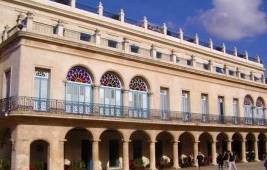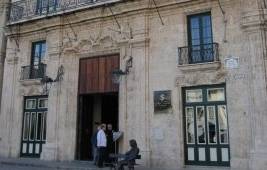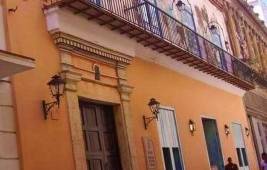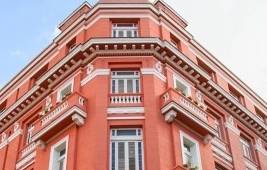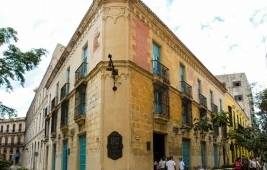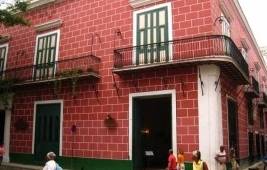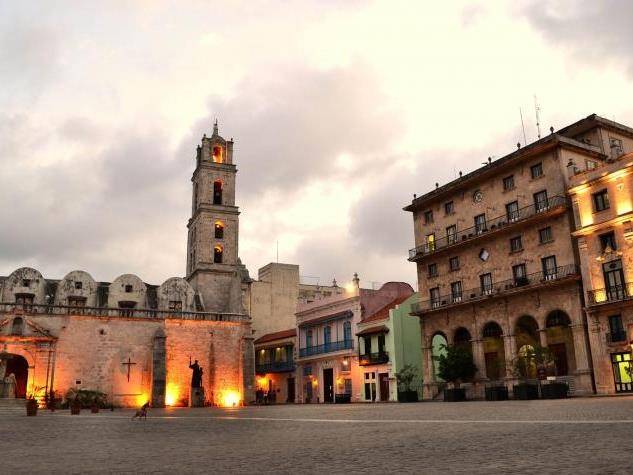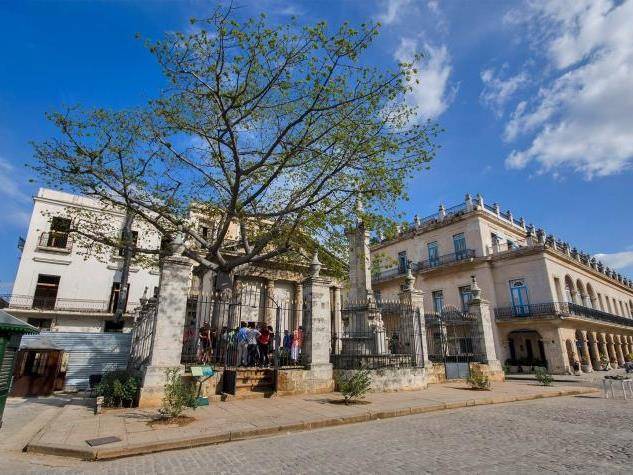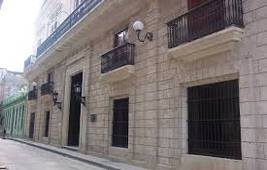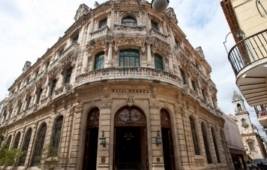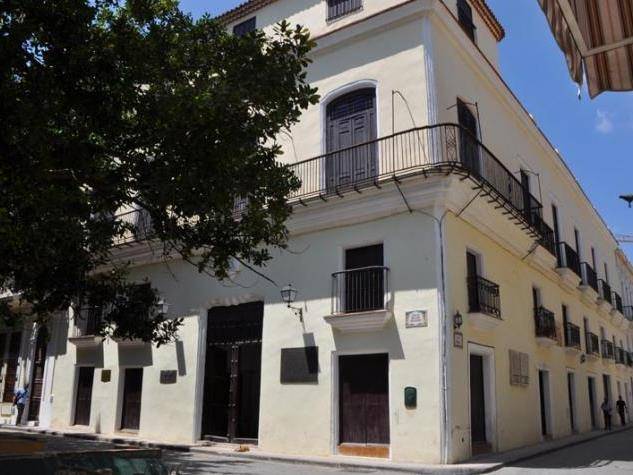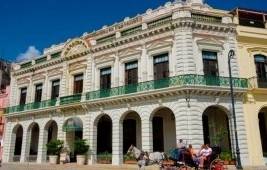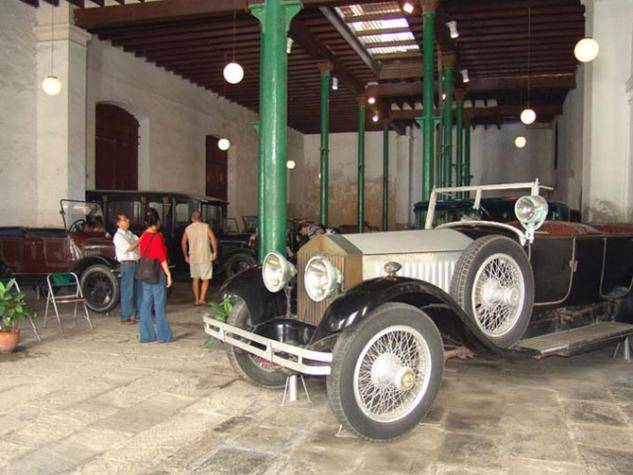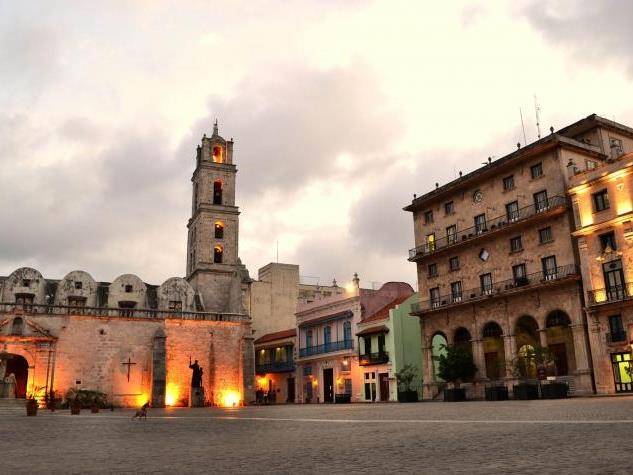
San Francisco de Asís Square Oficios, e/ Amargura y Churruca, Habana Vieja
This square dates back to the first half of the 17th century. Its location, just a few metres from the bay, led to it becoming an important trading square over the years. It is said that around the year 1600 the first fountain of the city could be seen at this square. In 1836 it was replaced by a beautiful fountain made of white Carrara marble by Giuseppe Gaggini, under the good auspices of the Villanueva Count. This fountain is called Fuente de los Leones (Lions Fountain). On its paved area stand two noteworthy buildings: the Monastery and Basilica of San Francisco de Asís, which today houses the Museum of Religious Art and a concert hall. It is also where the Lonja del Comercio (Chamber of Commerce) is located, inspired by Spanish Renaissance architecture and topped by a dome on which a sculpture of the god Mercury stands. Among the houses built around the plaza, the house of the Arostegui family, residence of the Captain Generals until the completion of the City Hall at the end of the 18th century, was erected.

